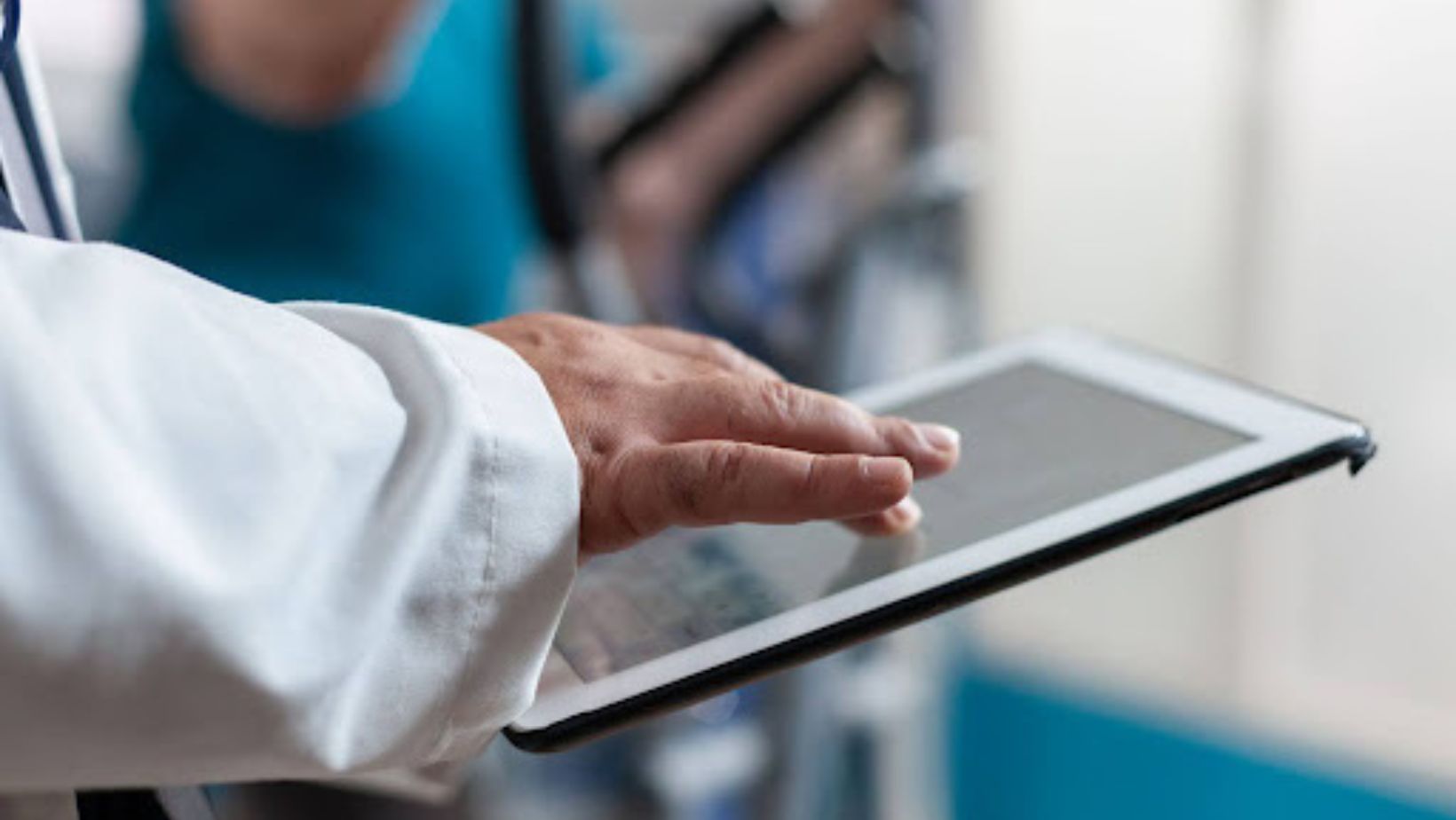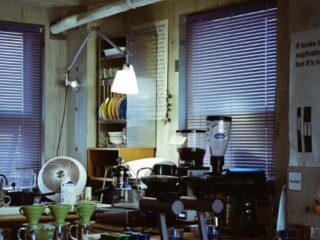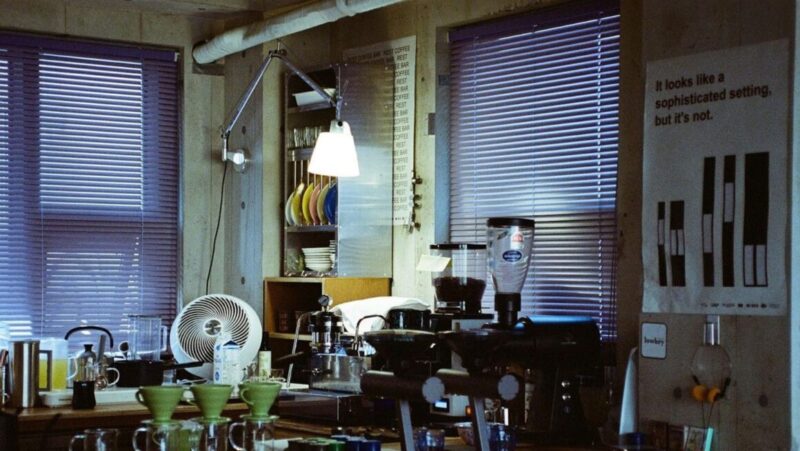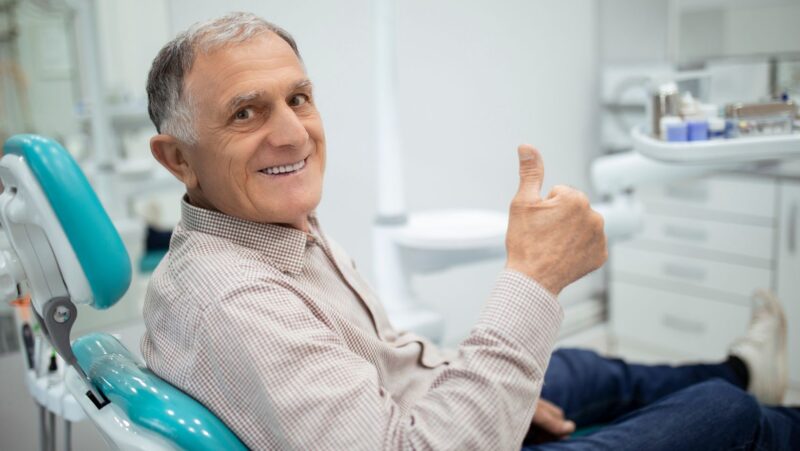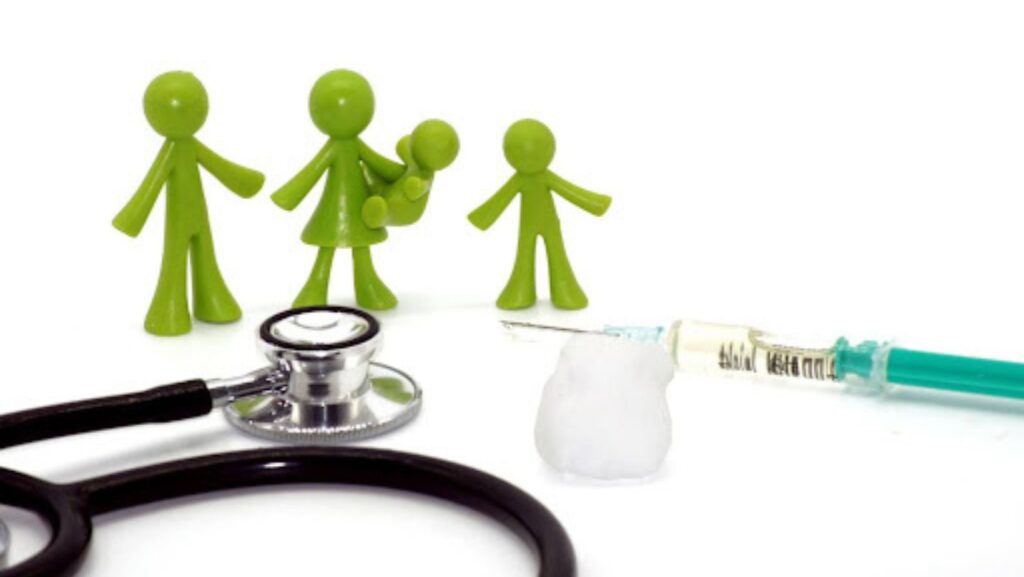
Public health forms the basis of a healthy society and impacts everyone, in every corner of the globe, every day of our lives. But public health didn’t emerge out of a vacuum; it evolved as a response to direct societal challenges shaped by social, economic, political and scientific forces throughout human history.
From the development of the first water treatment plant to the establishment of institutional or governmental bodies and qualifications such as a Masters of Public Health, public health has come a long way, and it is precisely these things that have left an indelible mark on shaping the overall system. These objects represent not only the advancements made in medicine and technology but also the changes in society as a whole.
Here’s a list of a few of the many objects that have shaped public health, and some, due to their sheer mundaneness today, may be quite surprising too.
Ambulances
The reasons why ambulance services have been a crucial component of public health are obvious. While the first ambulances for emergency transport were used all the way back in the 15th century by Spanish forces, the first use of modern motorised ambulance vehicles to transport wounded people was during World War I (1914-1918) by the Red Cross on the battlefield. They proliferated precisely during this time and were highly successful replacements for horse-drawn ambulance units.
Today, more than 4.4 million incidents in Australia in 2023-24 were reported to an ambulance rescue organisation, which translates to 164.8 incidents per 1000 people, and more than 4.2 million patients were assessed, treated or transported by ambulance service organisations.
Bottled Water
Approximately 1 million bottles of water are sold each minute around the world. Some 2 billion people worldwide who live in areas with limited or no access to safe drinking water rely on bottled water as their main water source. But for the rest of the world, many drink bottled water out of either convenience or the belief that it is safer and cleaner than tap water. The problem with this, however, is not so much with the water itself per se, but rather the bottles themselves – specifically, the microplastics in them.
Scientists have found that the average amount of invisible microplastic particles found in just a litre of bottled water sits at around 240,000. In various tests, the chemical byproducts released from microplastics have been shown to cause damage to human cells, as well as high exposure to a host of harmful physical, chemical and microbiological effects, which some experts have even declared as a burgeoning health crisis.
Bread
In many countries, folic acid has become mandatory in the fortification of bread, with Australia mandating it in 2009 under Food Standards Australia New Zealand (FSANZ). Folic acid, also known as vitamin B9, has been crucial in reducing the risk of neural tube defects (NTDs) and other serious birth defects of the brain. As such, there is all ever more reason to enjoy the tasty goodness of bread.
Cigarettes
The 1964 Surgeon General’s report in the U.S. made a lasting impact on how we are to view smoking and its pernicious effects. Worldwide, around 8 million people die prematurely due to smoking and 1.3 million non-smokers by being exposed to second-hand smoke. In Australia, smoking is listed as one of the largest causes of preventable illness and death.
Research has shown, however, that legislative smoking bans should be credited for improving health outcomes in the community, which includes the reduction in exposure to secondhand smoke and establishing smoke-free zones in public venue spaces such as restaurants, bars, parks, etc. These initiatives have clear evidence for reduced heart attacks and cardiovascular disease occurrence.
Desk Chairs
We are becoming trapped in sedentary lifestyles – sitting for some has even become the new smoking. The desk chair has more or less become a symbol of this ever-increasing phenomenon of excessive sitting. Our desk chairs may be affecting our health in negative ways, and it is not just head and back pain or creating bad posture. From increasing the risks of obesity, diabetes and even cancer, constant sitting is bad for the heart, joints, muscles, metabolism and overall physical and mental health in general. Sitting less, however, has been proven to reverse these risks and improve health.
Garbage Trucks
They have been vital to maintaining overall public health and hygiene for the past century. Imagine a world without regular waste collection. The accumulation and buildup of waste would attract pests, spread diseases and lead to poisonous odours filling the air. Garbage trucks have been fundamental to preventing health and environmental hazards that come about with unmanaged waste.
Between 2020-21, it was reported that Australia generated an estimated 75.8 million tonnes of waste, which was equivalent to 2.95 tonnes per person. Now imagine if this were not managed and left to rot. Sadly, in many undeveloped and developing regions, accumulated waste and waste mismanagement are key factors in the spread of infectious diseases and health hazards.
Iodised Salt
Iodine, an essential nutrient for our bodies, was added to salt in 1924. During this time, it was also found that iodine was an integral component of the thyroid hormone, which is responsible for growth and metabolism. Goitre, which causes an enlarged thyroid, had a high incidence before the introduction of iodised salt, which was due to the lack of iodine in people’s diets. As iodised salt became an inseparable part of what we eat, the volume of goitre and various other thyroid disorders also declined.
Radio
Before the internet, the radio was the main mode of communication around the world. Besides music, entertainment, journalism and politics, the radio was also crucial in communicating public emergencies and health initiatives. Even today, the radio remains essential during emergencies where telephone and internet lines are unavailable. Under a 2014 study, community radios were proven to be effective in HIV prevention in South Africa as well.
Shoes
Shoes are one of our favourite apparel items. But their function is just as important, as they are the first and foremost protectors we have against disease, injury and abrasions or punctures caused by natural elements. For example, hookworms, which are parasites that live in the small intestines and can cause fevers, anemia and diarrhea, are most often contracted by walking barefoot on contaminated soil. Hookworms remain a problem in developing economies, infecting around 470 million people globally, and many people in these regions still do not have access to shoes, which leaves them at risk.
Soapbar
Hungarian doctor Ignaz Semmelweis should be credited as the father of handwashing, a habit that has become so ingrained in our consciousness today, but was once so novel back then. It was in the 1840s that Semmelweis enacted a mandatory handwashing policy for physicians, on the basis that they, after conducting autopsies and then delivering babies from mothers, were spreading childbed fever.
The spread of the disease, in his view, could be stopped simply by washing their hands with water and a soapbar; occasionally, Semmelweis ordered his physicians to not just clean their hands with soap but also with chlorine. After this policy, the mortality rates for mothers during delivery fell from 18 per cent to just 2 per cent. Today, we know that handwashing remains one of the most effective ways for the prevention of disease spread.
Smartphones
The gradual inseparability we have with smartphones has been a double-edged sword. While the innovative nature of smartphones has assisted millions of people around the world with things such as reminders to take medicine, helping smokers quit and acting as daily fitness trackers, at the same time, smartphones have been deemed as the ‘Epidemic of the 21st Century’ for screen addiction, which has led to a decline in sleep quality and increasing of insomnia risks.
Even if looking at mobile phones while driving is illegal in Australia, they have been associated with the increasing risk of serious and even fatal traffic accidents; studies have found that smartphones contributed to a factor of 46 per cent of ‘near crashes’.
Tissues
Facial tissues were originally marketed towards removing cold cream and makeup. However, it soon evolved into a more universal use – blowing noses. Manufacturers rapidly moved towards marketing their products as an alternative to the humble handkerchief. When blowing one’s nose into a disposable tissue instead of a dirty handkerchief, it served as a preventive measure for the spread of communicable diseases such as the common cold and flu. Facial tissues as instruments for disease prevention became particularly pronounced throughout the 1920s to 1950s.
Water Treatment Plants
One of the most significant health risks of untreated water is exposure to waterborne pathogens and contaminants such as bacteria, viruses and parasites, which can cause a trove of public health risks such as cholera, E. coli, diarrhea, dysentery, hepatitis A, typhoid, and polio. The decline of prevalence (and some, demise) of these diseases has been much associated with the concurrent rise in water sanitation and treatment systems, where pathogens and harmful contaminants are eliminated from water supplies. The most effective water treatment systems can not only reduce the incidence of these diseases but also save lives.
Window Screens
Houses used to use a delicate and easily torn material called cheesecloth to keep insects out. The first anti-insect window screens appeared as a result of the U.S. Civil War, where a company decided to paint wire cloth from rusting and sold it as a window screen; it took off, and homeowners began nailing them on their windows. Today, most houses in the developed world use window screens to defend against arboviruses like malaria, dengue and yellow fever. They have even been shown to reduce airborne pollutants and increase ventilation.

